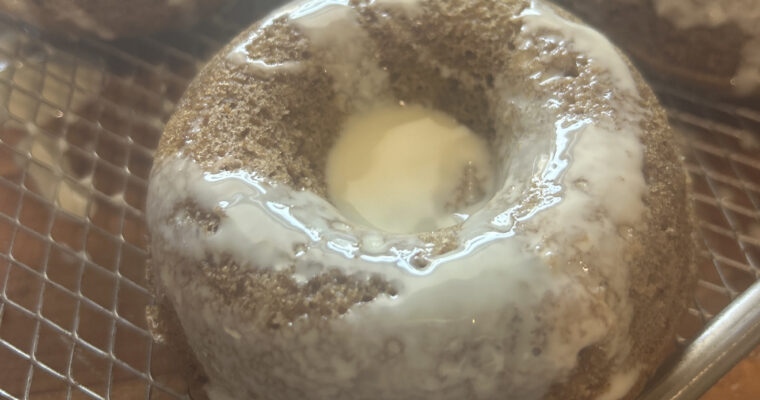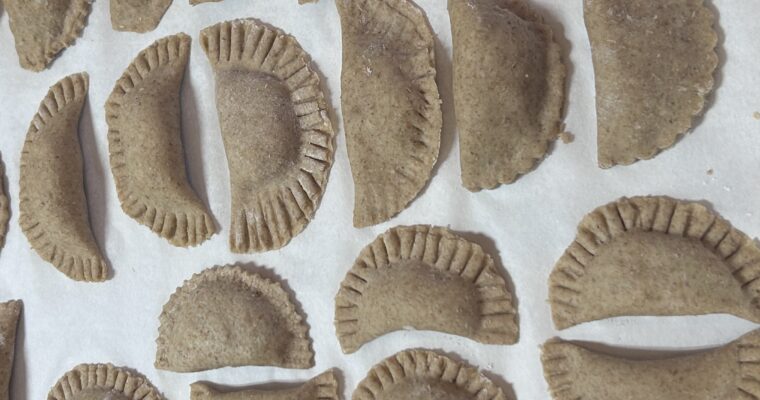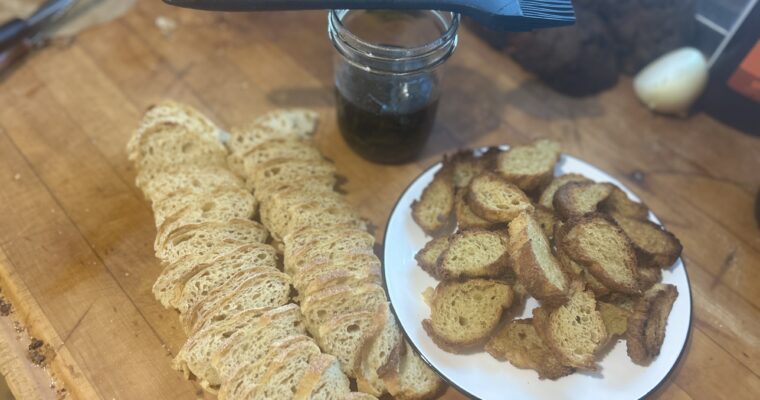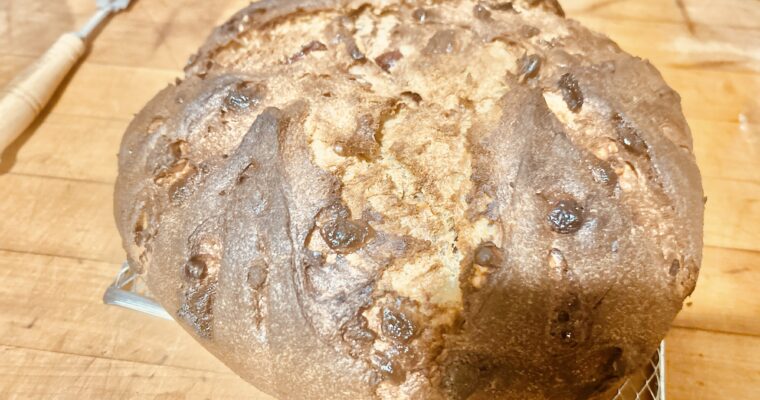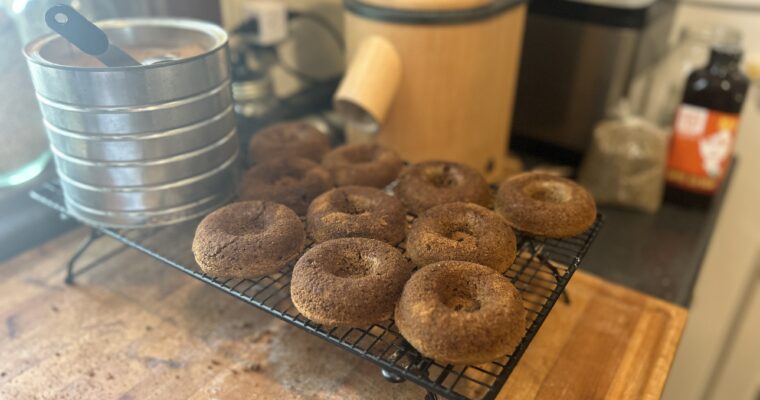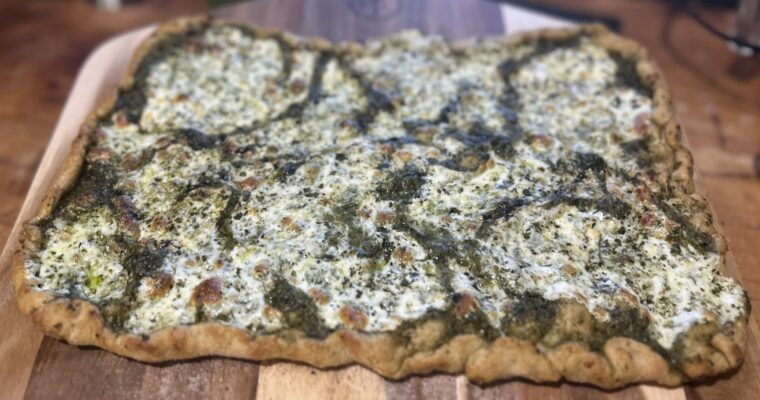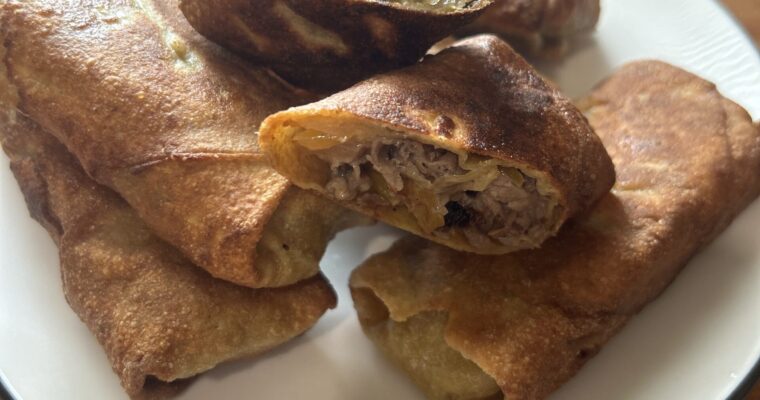How to Make Baguettes with Freshly Milled Ancient Grains
Use ancient grains like Spelt, Einkhorn and Kamut to make your baguettes or french bread for a dinner side, or enjoy an appetizer by making crusty crostini. See how to shape them with the included video.


